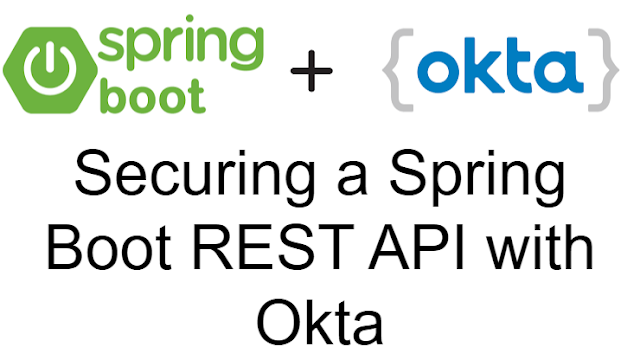Deploy Scalable E-Commerce Application on Azure with Spring Boot, Kafka, Okta, and ELK

This architecture diagram represents a high-level deployment of a Spring Boot-based eCommerce platform on Azure Cloud , incorporating microservices, authentication, logging, and monitoring. Key Components: 1️⃣ Frontend (Angular) Deployed on Azure App Service . Uses Azure Front Door as a load balancer for routing user requests. Routes API requests through Azure API Management . 2️⃣ Authentication (Okta) Uses OAuth2 via Okta for authentication and securing APIs. Ensures secure access to backend services. 3️⃣ Backend (Spring Boot Microservices) Hosted on Azure Kubernetes Service (AKS) for scalability. Handles business logic and API calls. Consumes & publishes events via Kafka (Azure Event Hubs) . 4️⃣ Data Storage PostgreSQL (Azure DB) for structured data (e.g., orders, users). MongoDB (Azure Cosmos DB) for NoSQL data (e.g., product catalogs). Redis (Azure Cache) for caching to improve performance. 5️⃣ Monitoring & Logging Prometheus & Grafana for performance monitori...
%20backend%20with%20Okta.png)


